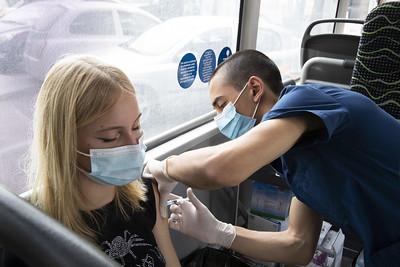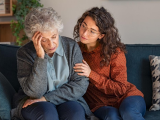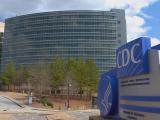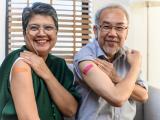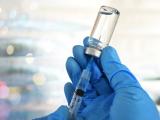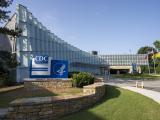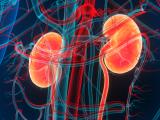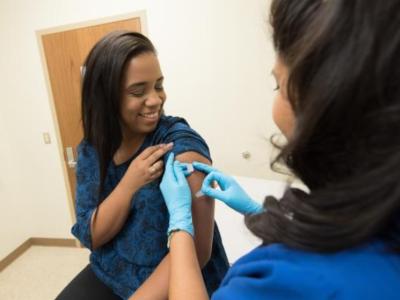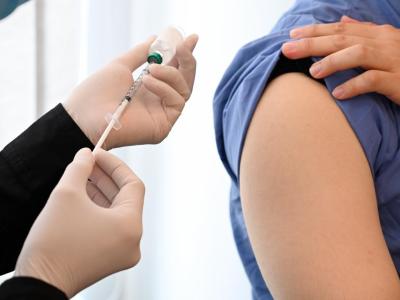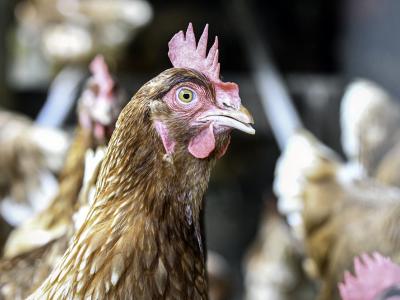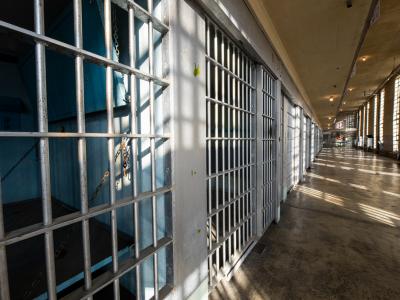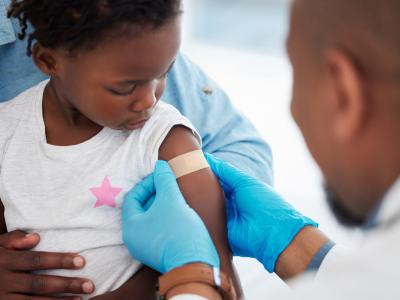A lack of a high school education was the most important predictor of COVID-19 vaccine hesitancy in 3,142 US counties, finds a study yesterday in the American Journal of Infection Control.
And a research letter yesterday in JAMA Internal Medicine shows that 15 state lottery-based incentive programs didn't significantly increase vaccination rates compared with 31 states without such programs.
Gaps in understanding vaccine risks, benefits
In the first study, a team led by University of North Carolina researchers mined county-level databases on COVID-19 vaccination rate and hesitancy and determined population characteristics based on those in the Centers for Disease Control and Prevention (CDC) Social Vulnerability Index.
Vaccine uptake was defined as receipt of a full regimen of the COVID-19 vaccine, and hesitancy was defined as refusal to be vaccinated against COVID-19 even if the vaccine was available.
As of May 9, 2021, the average COVID-19 vaccination rate was 34.7%, while 8% reported strong unwillingness to be vaccinated.
Refusal to get the vaccine was significantly and negatively correlated with vaccine uptake, and the predictors of low vaccination rates in highly vaccine-hesitant communities included a lack of a high school education (odds ratio [OR], 0.70) and concern about vaccine availability and distribution (OR, 0.00).
Characteristics of vaccine-hesitant individuals included racial minority status, age older than 65 years, households with children younger than 18 years, and unemployment. Vaccine access was not cited as a reason for hesitancy.
Of all reasons cited for COVID-19 vaccine hesitancy, a lack of trust in the vaccines (55%) was the most common, followed by worries about side effects (48%) and low trust in the government (46%).
Five of the 10 most common reasons given for vaccine hesitancy were related to a lack of knowledge about potential side effects, benefits, effectiveness, and risks of being unvaccinated.
The study authors noted that COVID-19 vaccination not only reduces rates of infection and death; it can also lower healthcare costs by reducing emergency department visits, lower work absenteeism, and promote health equity through free vaccines distributed to the public.
The results, the authors said, indicate that lack of education, including gaps in knowledge about the vaccine, and poor infrastructure are ongoing barriers to COVID-19 vaccine uptake.
"Since we suspect that many of the dimensions of capacity…have been addressed in recent months, determining a strategy for decreasing hesitancy among less well-educated citizens appears to be the top challenge," the researchers concluded. "Since education levels are not easily modifiable, our results suggest that policymakers would be best served by closing knowledge gaps to overcome negative perceptions of the vaccine through tailored interventions."
No evidence that vaccine lotteries work
In the second study, Boston University scientists evaluated CDC data on 15 US states that announced lottery-based cash incentives to receive the COVID-19 vaccine from May 24 to Jul 19, 2021. Using CDC data, they estimated immediate changes in vaccination rates, trends, and differences in vaccine uptake between lottery and non-lottery states after incentive announcements.
COVID-19 vaccination rates decreased before lottery announcements (-2.8 vaccinations per 100,000 people per day) and did not significantly rise after the announcements (-0.4). Likewise, vaccination trends didn't change significantly (0.7) relative to the prelottery period.
Before lottery announcements, vaccination trends were similar in lottery and nonlottery states (-0.5 vaccinations per 100,000 people per day), and vaccination levels remained about the same after the announcements (1.1), as did the vaccination rate difference (0.4).
Sensitivity analyses of state-reported data from four states with lotteries and states as fixed effects produced comparable results, and a sensitivity analysis of states with more than 3 weeks of data from before the lottery found similar vaccination levels and a marginally significant increase in trend after the announcements.
The primary analysis, which included all states, estimated the cumulative difference in vaccines given during the 28 days after the lottery in lottery states relative to expected adoption was 190 vaccines per 100,000 people. A sensitivity analysis of states with less than 3 weeks of prelottery data estimated a change in vaccinations of 1,092 per 100,000.
"This study did not find evidence that vaccine lottery incentive programs in the US were associated with significantly increased rates of COVID-19 vaccinations," the authors wrote. "Given the lack of a strong association between state lottery-based vaccine incentives and increased vaccination rates, further studies of strategies to increase vaccination rates are needed."
